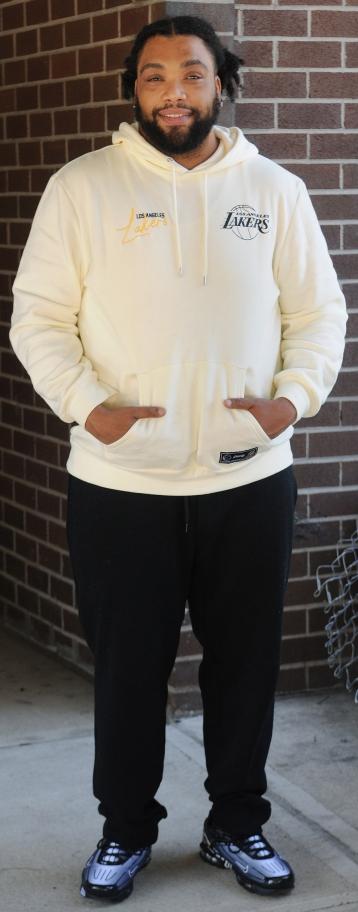
Cesar Garcia
For 10 years, Cesar Garcia has provided daily living assistance to adult clients with physical and cognitive disabilities at an ADAPT Community Network residence on Staten Island. Since 2003, the UFT has represented ADAPT employees at schools, day programs and residences citywide.
Tell me about the people you assist.
My primary clients are a married couple who have been together for 30 years — they’re the only couple who lives together at our site, which has about 18 residents with disabilities. I’ve worked with them for nine years. They both use wheelchairs, and they use computers to speak. The man has a pointer to press the buttons and his spouse uses a Dynavox, which you control with your eyes. They have a sweet relationship. Her birthday is coming up, and he and I try to plan surprises for her. It’s difficult because they sit right next to each other! I’ll have him text me on Messenger so she can’t read it. We booked a hotel room in Atlantic City.
What’s a typical day like at your job?
I usually work the afternoon shift, so I get there about 2 p.m. and I’m there until 10 p.m. The man works as an aide at a Staten Island high school — he creates graphic designs for them. So I’ll meet him outside in his power chair when he comes home from work. I take him to the bathroom and help him charge his phone so he can FaceTime his parents later. I cook for them, and then we have shows we all watch together, like “90-Day Fiancé.” They got me into it! Sometimes we plan trips. We go to Brooklyn for Junior’s cheesecake; last week we went to Coney Island. I look at myself almost like part of the equipment they need, like a wheelchair, for day-to-day life. I assist with everything.
What kind of training do you have?
I’m CPR-certified and I’m van-certified, which means I can drive the accessible van — we call it the Access-A-Ride bus because it looks like that. When I started at ADAPT 10 years ago, the training was really hands-on — you learned how to pick up adults, how to pivot, how to put a diaper on someone. With CPR, you might have to give CPR to someone in a chair. You have to learn how to blend their food to the right consistency. Now it often consists of information read aloud or given to us to read from a piece of paper.
Were you apprehensive about working with adults with disabilities?
I was a little nervous when I first started. I was 25, and all the clients were older than me. I thought, “These are people’s lives; these people are trusting me, so I better make sure I know what I’m doing.” But I learned so much. The more questions I asked, the more I interacted with clients — that’s the only way to learn. A little bit of knowledge goes a long way. What I tell everybody is that just because people look different doesn’t mean you should treat them differently. My clients understand everything just like you do. They’re people just like us.
What else would you want other people to know about your job?
When I started, I took the job just because I needed work and I had a family member who worked here. He let me know this field isn’t for everybody. But now I would describe it as life-changing for me. Before I started working with my two clients, they would never really go out on trips or interact with other clients. When we would go out in public and people would stare, I was able to calm everything down with humor and make my clients more comfortable. That’s our thing. Now I come around and they ask, “What are we doing next week?” I’m the person who makes sure they get what they want. That’s my favorite part, seeing them smile and get excited. I didn’t realize this job would make me feel as good as it does.
— As told to Rachel Nobel